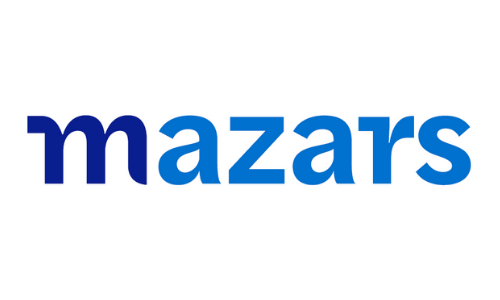Mazars evaluates European insurance entities
Following the entry into force of the Solvency II directive, which aims to codify and harmonize the European Union's insurance regulations, information has been made public that was only available to the regulator. Mazars makes this data the basis for an assessment of the financial condition of insurers at European level.

Lisbon, February 13th, 2019 - For the second year running, the Mazars carried out a survey of the solvency and financial condition reports of the 15 entities subject to the Solvency II directive, which came into force on January 1, 2016 and changed the regulatory framework for insurance companies at European level.
The implementation of the directive has brought into the public sphere a plethora of information, previously disclosed only to the regulator, on the financial circumstances and solvency of entities in the insurance market in the European Union.
This directive introduces new requirements for the calculation of the solvency ratio and based on an assessment of the economic value of the Company's own funds and capital needs, together with requirements of governance and risk management. These new quantitative and qualitative requirements are accompanied by strengthened rules for the development of quarterly and annual reports for both the regulator and the general public.
In order to provide greater transparency to the market, the directive requires the annual public disclosure of a solvency and financial condition report ("RSSF") which must cover activity data, its solvency and financial condition system and its solvency and financial condition system. governanceThis information is subject to review by the Statutory Auditor.
For Luís Gaspar, Managing Partner of Mazars, "The assessment carried out provides us with a comprehensive view of the reality of the insurance sector at EU level, enabling us to draw some conclusions regarding the status and activity of these companies. The first finding to emerge from the comparative study is that all the companies cover their solvency margin and provide standardized information reflecting the regulatory requirements. Despite this, the information provided on the volatility of the solvency ratio, capital management and the details of internal models deserves extra attention, along with disclosure on the impact of transitional measures and the capacity to absorb deferred tax losses.".
In the sample analyzed, the coverage rates of the "SCR" ratio are between 133% and 372%. On average, the solvency ratio increased by 11 percentage points between 2016 and 2017. This increase is mainly explained by the change in the economic environment in this period, marked by a higher (risk-free) interest rate within the European Union.
The overall trend is towards an increase in the solvency ratio, with the maximum variation observed corresponding to an increase of 44 percentage points between 2016 and 2017. The group in question - Aegon - pointed to the main reasons for this change: more favorable economic conditions; changes to the internal model, in particular the treatment of the risk of spread and reducing the risk of default after the transfer of one of its portfolios. The quantitative impact of these changes has not been disclosed.
In contrast, the most unfavorable development observed represents a drop of 19 percentage points in the coverage ratio of the company assessed. The RSSF of the group in question links the development to the reduction in eligible own funds between 2016 and 2017 following the payment of dividends and the redemption of capital during 2017, in accordance with the capital management policy developed.
The comparative study carried out on the data obtained in 2016 and 2017 was based on an analysis of elements such as the level of detail provided on solvency indicators, the methodologies applied to measure assets, technical provisions and own funds, information provided and expanded information compared to the first RSSF, among others. Where appropriate, this data was supplemented by Mazars with the information available in the public Quantitative Reporting Templates (QRTs) which are generally made available as an annex to the RSSF.
The assessment included the 15 companies subject to the Solvency II directive at European level: Axa, BNP Paribas Cardiff, CNP Assurances, Covea, Credit Agricole Assurance, Groupama, Natixis Assurance and Scor (France), Aviva (UK), Ageas (Belgium), Aegon (Netherlands), Allianz and Munich Re (Germany), Generali (Italy) and Mapfre (Spain).
